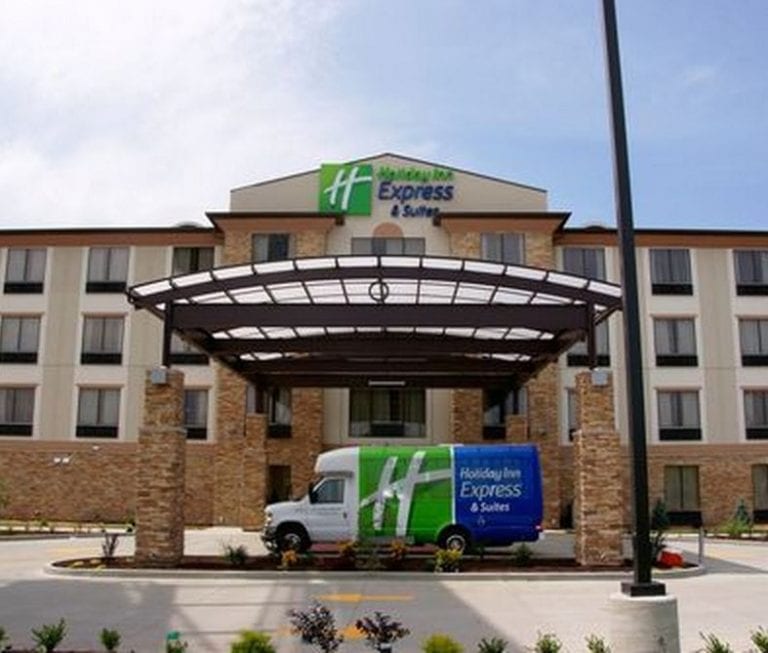A Bright Idea for Lighting

The traditional incandescent light bulb has long been a symbol for an idea, as in “when the light goes on.” Since Thomas Edison invented the incandescent light bulb in 1879, this technology has become the dominant standard for electric lighting. The filaments in the bulbs are heated to incandescence by an electric current, which is why the bulbs are very hot to touch. This lighting technology is actually very inefficient, as only 10 percent of the electricity is converted to light, and 90 percent of the energy is waste heat.
Fluorescent lighting uses electricity to excite mercury vapor, which produces ultraviolet light that causes a phosphor to fluoresce. The long, tube-shaped fluorescent lights have long been the dominant lighting standard in the workplace because they use much less energy than incandescent lights. Compact fluorescent lights (CFLs) have become a popular alternative to incandescent lights in traditional fixtures. Like their tubular cousins, CFLs use only a quarter of the energy that an incandescent light uses while producing the same amount of light (which is measured in lumens.) The curly CFL has become an iconic representation of the “green” movement, but must be disposed of carefully because of the mercury that is contained inside the bulb.
CFLs have seen a number of improvements in the last ten years or so. The color of the light more closely resembles the natural light we’re accustomed to seeing in incandescents. When initially turned on, some CFLs have a longer warm-up period before they reach full intensity or take a split second before they illuminate, though the higher-end bulbs don’t have this problem. You can also buy CFLs with translucent globes around the curled tubes to look more like a traditional bulb. Dimmable fluorescents are available, but are expensive, and don’t have the full range that incandescents have. However, fluorescent bulbs usually last five times longer than incandescent bulbs, so they’re well worth the additional cost.
Then there are LED lights, or light emitting diodes. We first became familiar with these as tiny indicator lights on electronic equipment, usually red, green or amber. Most of us were probably able to grasp the relative simplicity of how an incandescent bulb works, but you probably shook your head a bit when you read about “exciting mercury vapors” and “fluorescing phosphors.” With that in mind, I’m not going to get into any details about how LEDs work, assuming that semiconductor technology is a bit advanced for this story.
LED lights are even more energy efficient than fluorescents. They use only one-tenth of the energy that a comparable incandescent bulb uses – with 90% of the energy going to light and only 10% creating heat. So, while an incandescent bulb will burn you, LED lights burn cool to the touch. LEDs are also considerably more costly – $10-15 or more per bulb – but they also last much longer, anywhere from 60,000 to 100,000 hours. You can also get dimmable LEDs, but like the dimmable fluorescents, they’re much more expensive.
Because the average incandescent bulb lasts only 1000-1500 hours, there are an estimated 425 million 60 watt bulbs replaced in this country every year. To spur on development of a cost-effective substitute for the common light bulb, the U.S. Department of Energy has created the Bright Light Tomorrow Prize (the “L Prize”). Multi-million dollar prizes will be awarded to the company that produces an affordable replacement to the 60 watt incandescent bulb and the PAR 38 halogen bulb, which are the two most widely used bulbs in lighting. The winning bulbs must be very efficient (use 10 watts or less for the 60W replacement), and have comparable color, illumination, and dimensions. They must also not draw any power in an off state, be fully dimmable without flickering, and illuminate within a half-second after power is applied. Phillips Electronics submitted the first entry in September, 2009. For more information on the contest and requirements, see www.LightingPrize.org.
It is estimated that LED lighting could save America $120 billion over the next 20 years, and eliminate the need for 24 new power plants. The L Prize will undoubtedly hasten the conversion process. What a bright idea!
This was published in the Going Green section of the May 2010 issue of Spirit Seeker magazine.


0 Comments